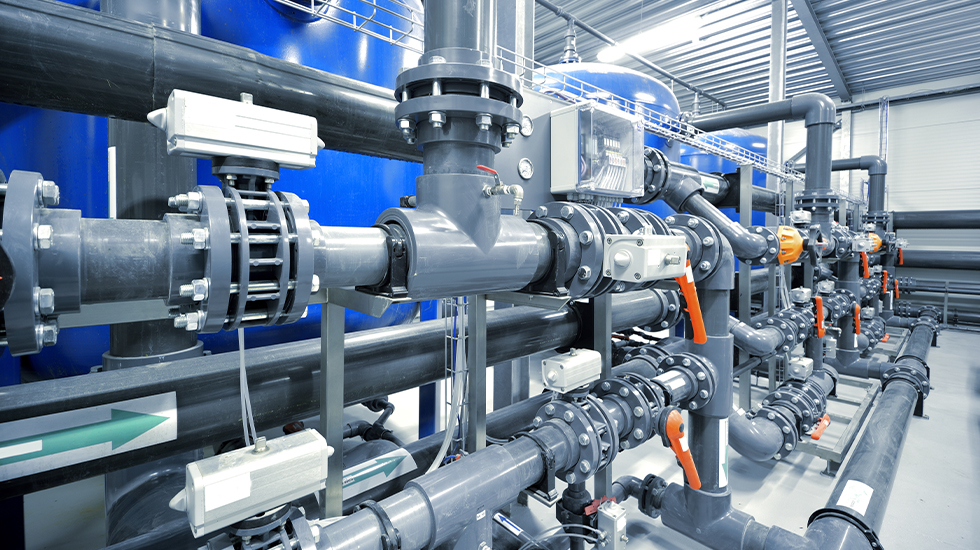When it comes to industrial applications, selecting the right industrial pipe fittings is crucial. At LESSO America, we understand the complexities engineers and plant managers face when evaluating materials and pressure ratings. This guide aims to help you navigate the options available, particularly focusing on high-pressure applications in industries such as chemical processing and wastewater management.

Industrial pipe fittings are essential components in any piping system, connecting different sections of pipes and ensuring the efficient flow of fluids. In high-pressure environments, the right materials and fittings become even more critical. The choice of fittings can impact system performance, safety, and longevity.
When evaluating materials for pipe fittings, we often consider SCH 80 PVC as a reliable option. This material is known for its robustness and ability to withstand high pressure. SCH 80 PVC fittings can handle pressures up to 600 psi, making them a suitable choice for various applications, including chemical processing and wastewater systems.
Other materials, such as CPVC and polyethylene, may also be options depending on the specific needs of your project. Each material has its own set of benefits and limitations, so understanding these can help you make informed decisions.
Pressure ratings are an essential factor in selecting pipe fittings. They indicate the maximum pressure the fittings can handle safely. For high-pressure applications, we recommend thoroughly reviewing the pressure ratings of each fitting type. LESSO America provides detailed specifications for our products, ensuring you have the information needed to select the appropriate fittings for your system.
It's important to match the pressure rating of the fittings with that of the pipes in your system. Mismatched ratings can lead to failures and costly downtime. Always consult the technical data sheets provided by manufacturers to ensure compatibility.
Different types of fittings serve various purposes in a piping system. Here are some common types and their applications:
Elbows: Used to change the direction of flow, elbows are crucial in complex piping layouts.
Tees: These fittings allow for branching off to different directions, making them versatile for various configurations.
Couplings: Used to connect two pipes together, couplings can be crucial in maintaining system integrity under high pressure.
When selecting these fittings, consider factors such as space constraints, flow requirements, and the specific chemicals involved in your processes.
Choosing the right industrial pipe fittings for high-pressure applications is a critical task that requires careful consideration of materials and pressure ratings. At LESSO America, we are committed to providing high-quality options that meet the needs of engineers and plant managers in North America. By understanding the various materials available, their pressure ratings, and the types of fittings you may need, you can ensure the reliability and safety of your piping systems.
For more information on our range of industrial pipe fittings, visit our website or contact our team. We are here to support you in making the best choices for your projects.
TOP